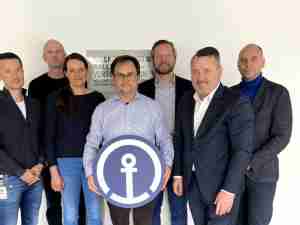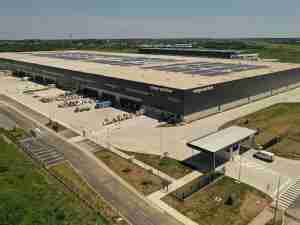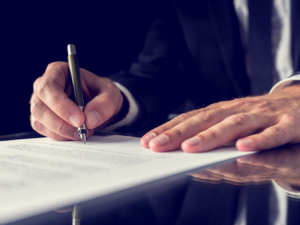Trade Tech, a major supplier of web-based supply chain and transportation applications, including Automated Manifest System (AMS) and Advance Cargo Information (ACI) solutions for NVOCCs, announced today that it has developed one of the first online applications designed to meet Customs and Border Protection's (CBP) new 10+2 Rule requirements.
Known as Trade Security', the prototype application contains the user interface and functionality that addresses the new requirements of 10+2 while Trade Tech awaits the final definition on the communications feeds from CBP. Trade Tech is working with a number of importers, customs house brokers and freight forwarders, both in the US and off-shore, on collaborative solutions that will merge the AMS and 10+2 requirements into a single process. Some of the companies Trade Tech is working with include: AMC based in France, a major Wines and Spirits Freight Forwarder; World Wide Logistics; Alba Wheels US ; and Interglobo headquartered in Italy.
'We plan to be one of the first providers authorized by CBP so that our customers can be assured of an available solution at the earliest possible time,' said Bryn Heimbeck, Trade Tech's CEO. 'We have customers who are testing Trade Security' in preparation for final release of the rules and associated data transfer protocols.'
Trade Tech is creating a core AMS/10+2 solution with a variety of modifications depending on the importers, freight forwarders or customs house broker's needs. 'Our solution deployments could involve a stand-alone AMS/10+2 collaboration piece or our solution could be implemented as part of a full scale supply chain management application that encompasses P.O. tracking and management, in combination with a full service origin to destination operations and accounting package.'
'As a major supplier of web-enabled AMS and ACI services for the NVOCC community, Trade Tech is uniquely qualified when it comes to providing a solution for the 10+2 Rule,' noted Heimbeck. 'All 10+2 software solutions will need to allow customs brokers and foreign-based freight forwarders or NVOCCs to collaborate so they can provide the services that importers and exporters will require for the 10+2 Rule. We have been developing our Trade Security' application for the past eight years, which is specifically designed to facilitate international work flow and collaboration between and among trade participants.'
Trade Tech also has a variety of interface options that will range from XML with value-added service aspects, to full data input of all documentation on behalf of the forwarder or exporter. 'This would include capturing not only the bill of lading data, but also the commercial invoice and packing list information and making it available to the forwarder and customs brokers for final classification and submission,' said Heimbeck. 'We plan on taking full advantage of our data input centers in Mumbai, Ho Chih Mihn City, and Shanghai, which combined with our applications, will offer the fullest range of solutions to the market as forwarders, brokers, importers, and exporters work to establish applications that meet their various needs and requirements.'
In conjunction with these solutions, Trade Tech has written and released a 10-page Thought Paper outlining key ideas for each participant's required processes. 'Solutions are going to require service providers with an overseas presence to service the seller/shipper at origin deploying technology that allows them to both collaborate with custom brokers, relative to cargo classification, and communicate both to and from CBP for the transmission of the security filing,' he said. 'The new technology must connect with CBP, either via AMS or ABI; must be accessible at origin; and must allow for collaboration amongst participants in the supply chain including the customs broker.'
The key, he noted, i





_-_28de80_-_d88095865f9f1cbb4ecdd37edf61c63efd603428_lqip.png)

